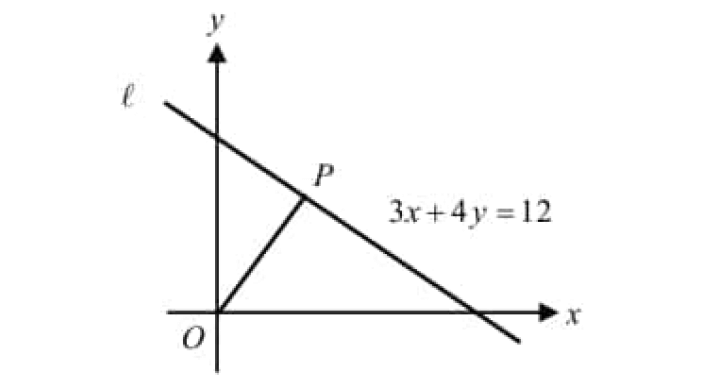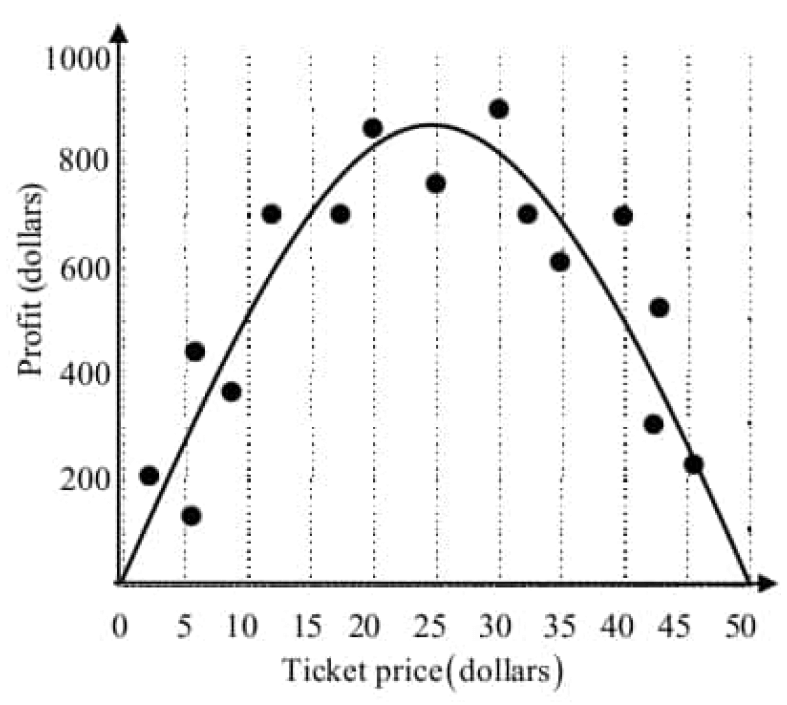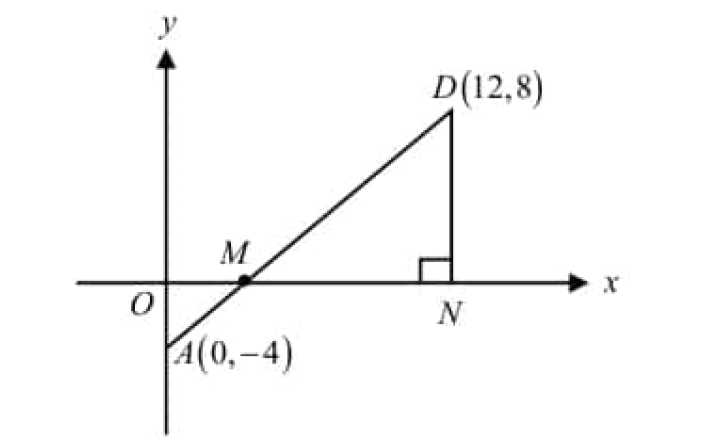EUCLID'S DIVISION LEMMA
Euclid, one of the most important mathematicians wrote an important book named 'Elements' in 13 volumes. The first six volumes were devoted to Geometry and for this
reason, Euclid is called the 'Father of Geometry'. But in the next few volumes, he made fundamental contributions to understand the properties of numbers. One among them is the 'Euclid’s Division Lemma'. This is a simplified version of the long division process that you were performing for division of numbers in earlier classes.
Le us now discuss Euclid’s Lemma and its application through an Algorithm termed as 'Euclid’s Division Algorithm'.
Lemma is an auxiliary result used for proving an important theorem. It is usually considered as a mini theorem.
Theorem : Euclid’s Division Lemma
Let a and b (a > b) be any two positive integers. Then, there exist unique integers q and r such that
a = bq + r, 0 ≤ r < b
1. The remainder is always less than the divisor.
2. If r = 0 then a = bq so b divides a.
3. Similarly, if b divides a then a = bq
Note :
1. The above lemma is nothing but a restatement of the long division process, the integers q and r are called quotient and remainder respectively.
2. When a positive integer is divided by 2 the remainder is either 0 or 1. So, any
positive integer will of the form 2k, 2k+1 for some integer k.
Generalized form of Euclid’s division lemma
If a and b are any two integers then there exist unique integers q and r such that
a = bq + r , where 0 ≤ < r < |b|.
Example 1 :
We have 34 candies. Each box can hold 5 candies only. How many boxes we need to pack and how many candies are unpacked?
Solution :
We see that 6 boxes are required to pack 30 candies with 4 cakes left over. This
distribution of candies can be understood as follows :
Total number of candies
=
Number of candies in each box
x
Number of boxes
+
Number of candies left over
Dividend a ----> Total number of candies
Divisor b ----> Number of candies in each box
Quotient q ----> Number of boxes
Remainder r ----> Number of candies left over
Example 2 :
Find the quotient and remainder when a is divided by b in the following cases
(i) a = -12, b = 5
(ii) a = 17, b = -3
(iii) a = -19, b = -4
Solution :
(i) a = -12 , b = 5
By Euclid’s division lemma
a = bq + r , where 0 ≤ < r < |b|
-12 = 5(-3) + 3, 0 ≤ < r < |5|
Therefore, Quotient q = -3, Remainder r = 3.
(ii) a = 17 , b = -3
By Euclid’s division lemma
a = bq + r , where 0 ≤ < r < |b|
17 = -3(-5) + 2, 0 ≤ < r < |-3|
Therefore, Quotient q = -5, Remainder r = 2.
(iii) a = -19 , b = -4
By Euclid’s division lemma
a = bq + r , where 0 ≤ < r < |b|
-19 = -4(5) + 1, 0 ≤ < r < |-4|
Therefore, Quotient q = 5, Remainder r = 1.
Example 3 :
For some integer q, show that the square of an odd integer is of the form 4q + 1.
Solution :
Let x be any odd integer. Since any odd integer is one more than an even integer, we have x = 2k + 1, for some integer k.
x2 = (2k + 1)2
= (2k)2 + 2(2k)(1) + 12
= 4k2 + 4k + 1
= 4k(k + 1)
= 4q + 1
where q = k(k + 1) is some integer.
Kindly mail your feedback to v4formath@gmail.com
We always appreciate your feedback.
©All rights reserved. onlinemath4all.com
Recent Articles
-
Digital SAT Math Problems and Solutions (Part 240)
Aug 02, 25 02:42 AM
Digital SAT Math Problems and Solutions (Part 240) -
Digital SAT Math Problems and Solutions (Part - 239)
Aug 01, 25 08:37 PM
Digital SAT Math Problems and Solutions (Part - 239) -
Digital SAT Math Problems and Solutions (Part - 238)
Aug 01, 25 06:10 AM
Digital SAT Math Problems and Solutions (Part - 238)


